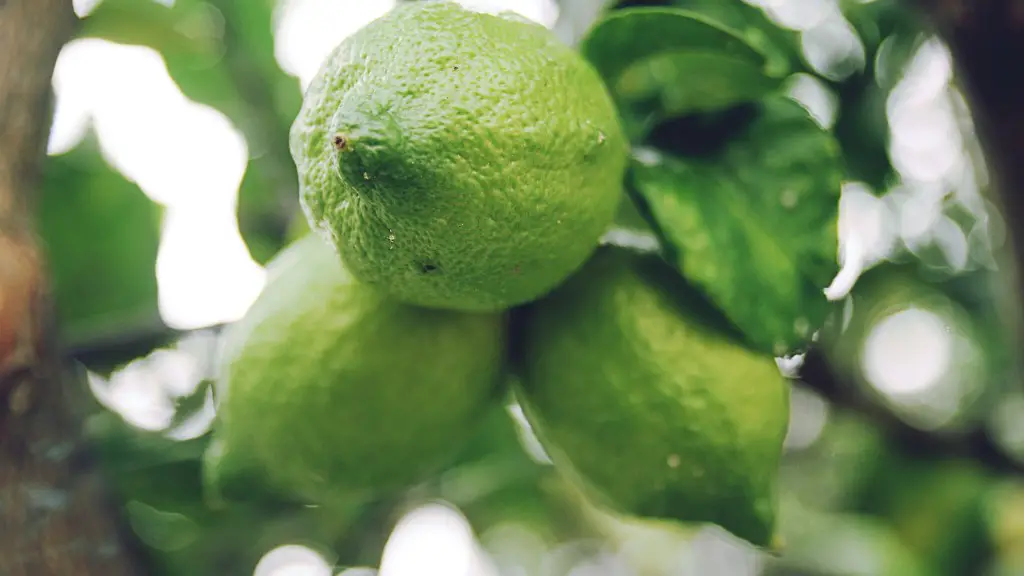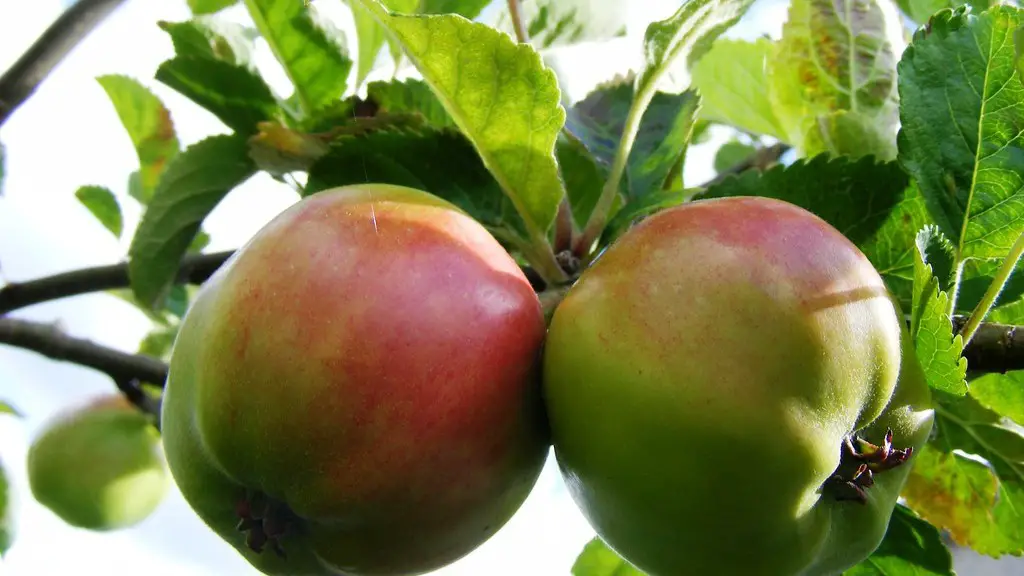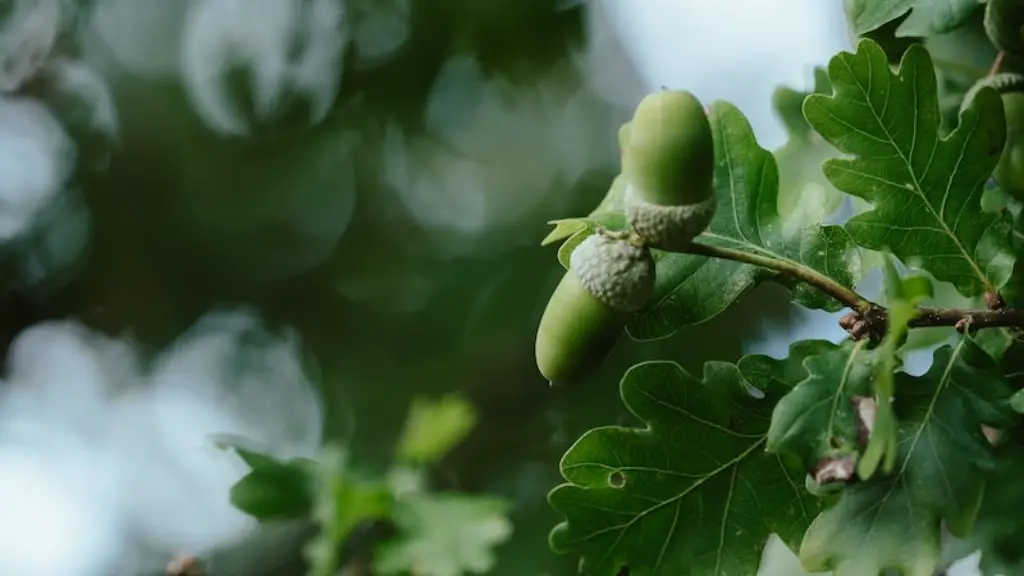Planting a lemon tree in a pot is a great way to bring a taste of citrus to your home. Lemon trees are a favorite among home gardeners and a pot-grown lemon tree can provide a bounty of sweet-smelling blossoms and delicious lemons. Growing a lemon tree in a pot is relatively easy to do and there are several steps involved. Here are a few key steps you’ll need to follow if you’re curious about trying your hand at pot-grown lemon trees.
Firstly, you’ll need a large pot – at least 18-24 inches or larger – with container-worthy soil. Drainage holes are important to ensure that your lemon tree doesn’t suffer from root rot and other fungal diseases so make sure your pot has them. You can find pot-specific soil mixes in your local garden center, which are perfect for sustaining a lemon tree.
Next, before planting your tree, you should choose a lemon variety that is best suited to your climate and soil. Different varieties of lemons require different amounts of sun and water, so doing some research ahead of time is important. For example, Meyer lemons are especially well suited to growing indoors, while Lisbon lemons are more forgiving of a little cold weather.
When you’re ready to plant, make sure the root ball of the tree fits comfortably in the pot, and fill the remaining space with potting soil. Be sure to press soil firmly around the root ball, and water the tree immediately. Finally, pick a spot for your pot-grown lemon tree that gets plenty of sunlight, provides the tree with warmth and humidity, and has plenty of airflow. This combination helps keep disease away from your lemon tree and helps ensure it produces beautiful fruits in abundance.
Fertilizing
Once your lemon tree has been planted and watered, you’ll need to fertilize it. The best time to fertilize is in the spring and summer – once your tree has time to settle into its new pot. Choose a fertilizer specifically designed for citrus trees and follow the directions on the package.
Water your tree deeply but infrequently so that the roots of the tree have time to grow and strengthen. This also helps to encourage a healthy root system. When watering your tree, make sure you’re not over or underwatering it. If you can, use rainwater or carbon-filtered water as this type of water is free of chemicals that can harm your tree.
Once you’ve been caring for your lemon tree for a few months, you should see some new growth and you may even see the beginnings of a fruit or two. You don’t need to prune your tree unless the foliage is getting in the way. Otherwise, all you’ll need to do is watch, wait and enjoy the fresh lemons that your tree produces.
Repotting
Once your lemon tree starts to outgrow its pot, it’s time to repot it. Lemon trees prefer to be slightly pot-bound but if the roots of the tree start to circle around the sides of the pot, this can cause the tree to become unhealthy. When the time comes to repot, use a slightly larger pot than before and make sure it has drainage holes. Also, use a prot-specific soil mix to keep your tree healthy.
Plant your new tree at the same depth as the old pot and add plenty of soil around the sides. Be sure to pack the soil firmly, as this will help retain moisture. Before watering the tree and placing it in its new home, check to make sure the soil is evenly moist. If everything looks good, place your tree in a sunny spot and continue to care for it as you did before.
Transferring Outdoors
If you live in a climate where winter temperatures are relatively mild, you have the option of transferring your potted lemon tree outside once those temperatures begin to rise, usually in the early spring. Before bringing your potted lemon tree outside, you’ll need to slowly acclimate it. Start by placing it in a shady spot outdoors for about two hours every day, slowly increasing the amount of sunlight it receives over the next two weeks or so. When the weather is warm enough and the tree can handle full sun, it’s ready to find its permanent home.
When your potted lemon tree is safe from frost and ready to be moved outdoors, choose a spot that receives at least six to eight hours of direct sunlight every day and has plenty of air circulation around it. This should help your tree become more established and keep disease at bay – and fruiting at a maximum. The same watering schedule as before should be followed, which is deeply but infrequently.
Disease Prevention
If you want your tree to thrive and bear fruit year after year, disease prevention is key. The most important thing you can do is to make sure your tree is getting enough air circulation and sunlight. Also be sure to provide your tree with well-drained, nutrient-rich soil, and water it deeply but infrequently. Fertilize with a citrus-specific fertilizer every spring as needed.
Inspect your tree regularly for signs of pest infestations or diseases, such as yellowing or stunted growth. If your tree does develop a problem, it’s important to act quickly to treat the issue before it gets worse. If you’re not sure what the issue is or how to treat it, contact your local extension agent for help.
Chilling Requirements
Most Aexelle & Mae potted lemon trees require at least 200 hours of chill each winter in order to set fruit and flower properly. If your potted lemon tree is exposed to temperatures at or near freezing, make sure to cover it with a blanket or other protective covering. If you live in a subtropical climate where there’s no chilling period, you’ll need to simulate this by placing your pot in a cool area, such as a basement or garage, for a few months each winter.
When kept properly, a potted lemon tree can provide you with a great harvest of fruit with minimal effort. With a few key steps, you can grow a healthy, productive lemon tree in a pot. With the right combination of sunlight, water, and good soil, you can enjoy the sweet smell of lemons in your home in no time.



